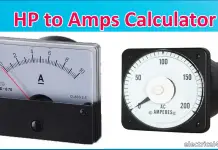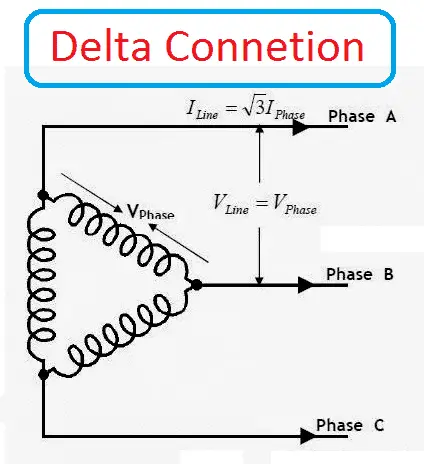What is Volt (V)?:
Volts is the SI unit of Voltage and the name volt honours from Mr Alessandro Volta who invented the battery. It is indicated by an English name “V”.
Volt is equal to the ratio between energy in joules and electric charge in Coulomb. Also, it is equal to the product of the ampere (A) and ohms (Ω).
Volts = Joules / electric charge.
Volts = Amps / ohms.
V = A * Ω
A voltage across a resistor of one ohm when a current flow of one ampere through that resistance is equal to one volt.
1 V = 1 A * 1 Ω
A voltmeter is a device used to measure the potential difference across the resistance in volts.
Volts is indicated by different range according to the measurement and they are
- pV => 10-12 Volts, Pico volts
- nV = > 10-9 Volts, Nano Volts, Example: integrated circuit voltage drops
- µV => 10-6 Volts, Micro Volts, Example: Potential drop across the SMD resistor
- mV => 10-3 Volts, milli Volts, Example: Input to the integrated circuits
- V => 1 Volts, Example: laptop and mobile chargers
- kV => 103 Volts, kilo Volts, Example: Turbo generator output, 11kV Transformer
- MV => 106 Volts, Mega Volts, Example: HVAC 1.2 MV
- GV => 109 Volts, Giga volts, Example: Lightning.
Here pV, nV, µV, mV are the smaller unit, kV, MV and GV are the bigger units.











![What is Arc Chute? Types, Working Principle [Video Included] arc chute working priciple](https://www.electrical4u.net/wp-content/uploads/2020/06/arc-chute-218x150.png)
